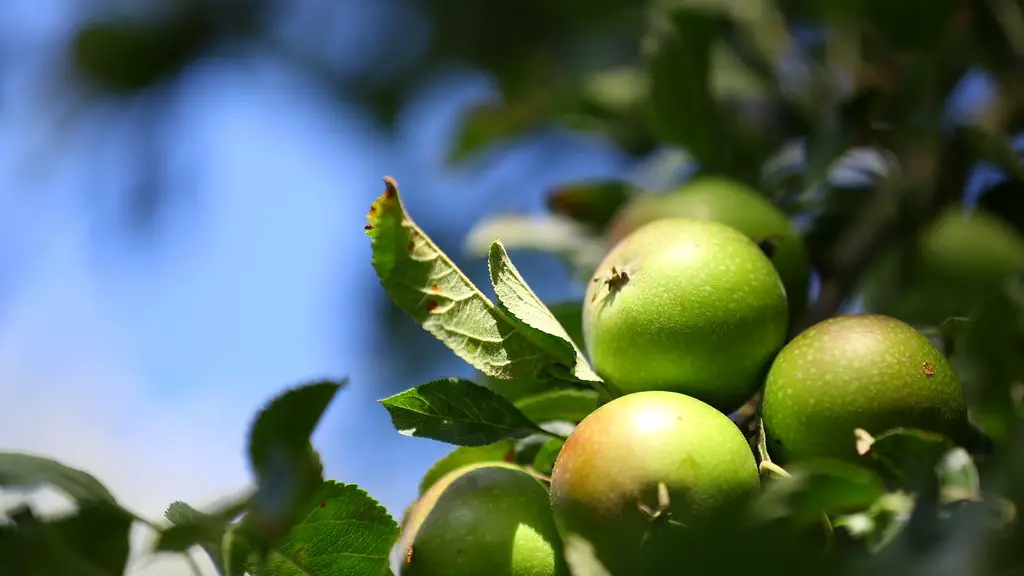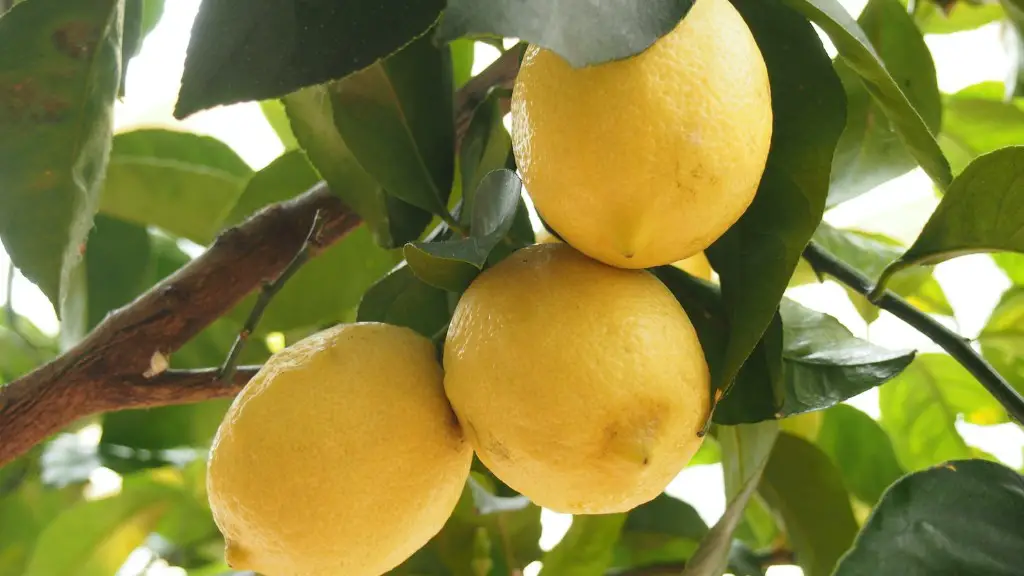Growth Rate
Avocado trees are fast-growing and can reach heights of up to 80 feet in their native habitats. The growth rate varies depending on the variety of the tree and the environment in which it is growing. Generally, an avocado tree planted in a warm and humid climate will grow faster than one planted in a cooler, drier environment. The age of the tree is also a factor. Young avocado trees tend to grow quicker than older trees.
Fruit Production and Tree Growth
Avocado trees that are vigorously and properly cared for can produce fruit sooner than trees that are not well looked after. To understand why some trees produce fruit more quickly than others, it is important to understand how fruit production relates to tree growth. Avocados are produced on flowers, and the number of flowers produced on a tree is directly related to the health of the tree. The healthier the tree is, the more flowers, and in turn, the more avocado fruit produced.
Caring for the Tree
For avocado trees to grow quickly, they must be properly cared for. Proper watering and fertilization is key for healthy growth and can ensure trees start producing fruit sooner. It is also important to prune the tree regularly to encourage healthy growth of new shoots and branches. Pruning can also help to promote flowering and encourage the production of more fruit.
Weather Conditions and Pollination
Weather conditions can have an impact on the growth rate of avocado trees. In cooler climates, flowering can be delayed and fruits may take longer to mature. In addition, some avocado varieties require cross-pollination for fruit production, and this can also slow down growth rates. If the necessary conditions for pollination are not present, then the growth rate of the tree will be impacted.
Range of Varieties
There is an expansive range of varieties of avocado trees, from giant to dwarf. Each variety has its own growth rate and characteristics. Some of the most popular and commonly available varieties are Hass, Bacon, Fuerte, Pinkerton, and Lamb. The size and growth rate also depend on the soil they are planted in and the amount of nutrient and water present.
Soil Type
The soil type and composition are important factors to consider when it comes to how quickly an avocado tree will grow. Poor quality soil can hinder the rate of growth and limit possibilities for fruit production. It is best to use soil that is well drained, nutrient-rich, and with a pH level of 6.0-7.5 for optimal growth.
Conclusion
Avocado trees can grow quickly and produce fruit in a short time, depending on the variety, the environment in which it is planted, and the amount of care taken of the tree. Regular watering, fertilization, and pruning, along with providing the correct soil conditions, will ensure the growth rate of the tree is maximized.
Climate
Avocados are subtropical trees and thrive in areas with warm, humid climates. In colder climates, growth rates can be slower and fruits may take longer to mature. Cold winters may also reduce the amount of fruit production and the quality of the fruit. For optimal growth, an avocado tree should be planted in a bright, sunny spot, and where temperatures remain as stable as possible.
Pests and Disease
Pests and disease can have a significant impact on the growth rate of avocado trees. Common pests include aphids, scale insects, and mites, while the most common diseases are root rot, canker and anthracnose. Regular monitoring of the tree for signs of infestation and disease and taking prompt action is important for healthy growth.
Fertilization
Fertilizing an avocado tree is key to fast, healthy growth and fruit production. When planting a new tree, use time-release fertilizer tablets with a 6-7-3 ratio. Follow up with detailed fertilization plans to ensure optimal growth and fruiting. Consistent application of fertilizer at least twice a year will ensure the growth rate is increased.
Pruning
Pruning is an important part of avocado tree maintenance and is essential for quick growth. Pruning helps to remove dead and unwanted branches, encourage the production of flowers and fruit, and maintain the tree’s overall shape and structure. Proper pruning can also help to encourage denser growth, which can improve air circulation and reduce the risk of disease and pests.

